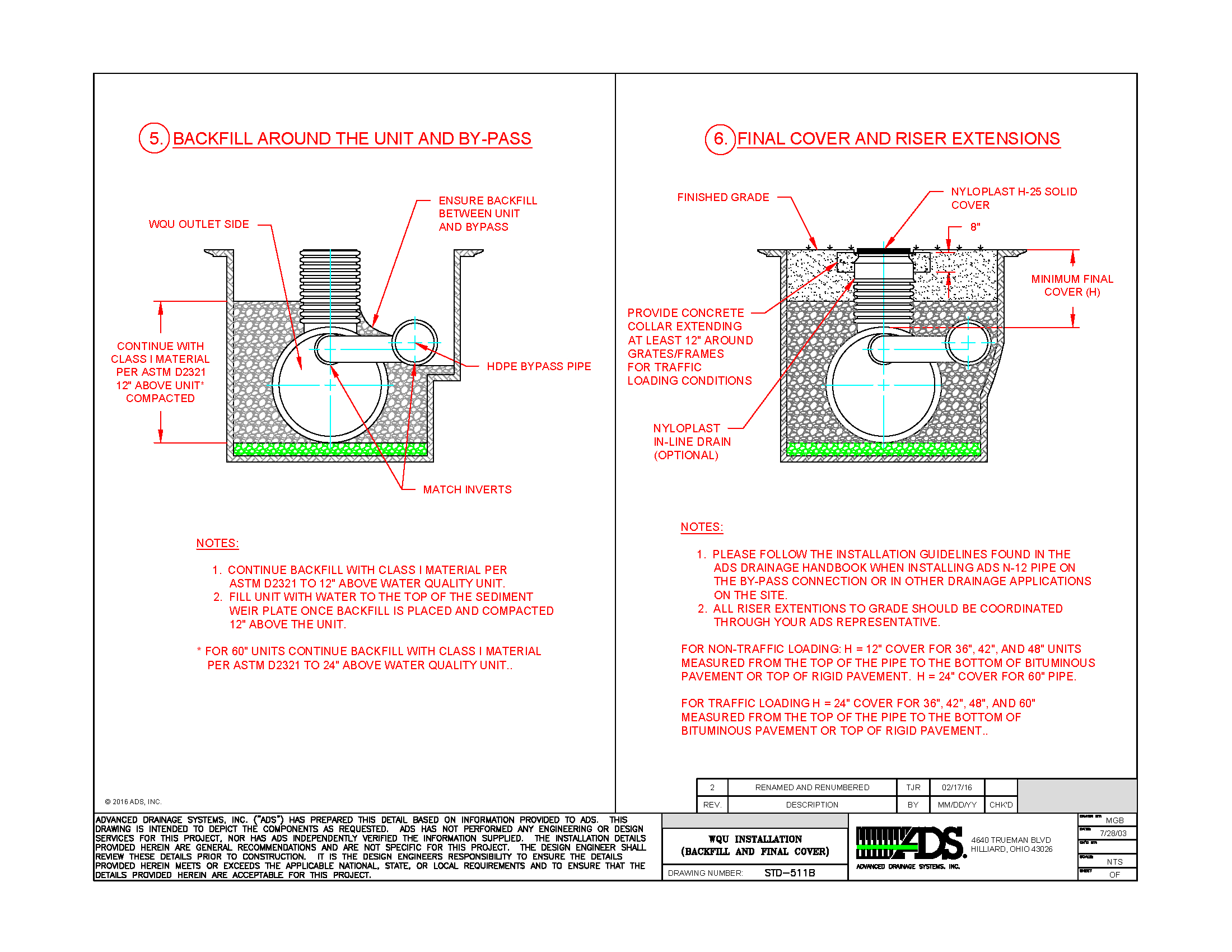Key Slot Standards
Azure Key Vault helps solve the following problems:
- Secrets Management - Azure Key Vault can be used to Securely store and tightly control access to tokens, passwords, certificates, API keys, and other secrets
- Key Management - Azure Key Vault can also be used as a Key Management solution. Azure Key Vault makes it easy to create and control the encryption keys used to encrypt your data.
- Certificate Management - Azure Key Vault is also a service that lets you easily provision, manage, and deploy public and private Transport Layer Security/Secure Sockets Layer (TLS/SSL) certificates for use with Azure and your internal connected resources.
Azure Key Vault has two service tiers: Standard, which encrypts with a software key, and a Premium tier, which includes hardware security module(HSM)-protected keys. To see a comparison between the Standard and Premium tiers, see the Azure Key Vault pricing page.
Why use Azure Key Vault?
A lock and key combination including a lock (200) having a cylindrical bore (202) accommodating a rotatable key plug (300) with a longitudinally extending key slot (370), and a key (100) with a key blade (102), said at least one locking tumbler (320) having a key sensing portion (340), a body portion (330) and a locking portion (350), which. Additionally, SOLIDWORKS supports the standard methods for dimensioning slots when they are created by using these tools. ASME Y14.5M-1994 paragraph 1.8.10 and figure 1-35 provide three methods for the dimensioning of slots, with no stipulation regarding which is preferred for particular scenarios. (see slot qu added c.jpg) fsincox: I'm assuming you'd prefer to use the OD and end face as A & B. The orientation of the slot around the part is not important here only that it is symmetric about the axis (centreline of B datum). If that were done the 1.625 could be basic and the FCF would just be true position to A and B. This standard covers nomenclature, defininitions, identification number, dimensions and tolerances of Woodruff Keys and Keyseats. It represents manufacturing practices for sizes and types from 1/16, in. Covering 66 listings.
Centralize application secrets
Centralizing storage of application secrets in Azure Key Vault allows you to control their distribution. Key Vault greatly reduces the chances that secrets may be accidentally leaked. When using Key Vault, application developers no longer need to store security information in their application. Not having to store security information in applications eliminates the need to make this information part of the code. For example, an application may need to connect to a database. Instead of storing the connection string in the app's code, you can store it securely in Key Vault.

Your applications can securely access the information they need by using URIs. These URIs allow the applications to retrieve specific versions of a secret. There is no need to write custom code to protect any of the secret information stored in Key Vault.

Securely store secrets and keys
Access to a key vault requires proper authentication and authorization before a caller (user or application) can get access. Authentication establishes the identity of the caller, while authorization determines the operations that they are allowed to perform.
Universal Key For Slot Machines
Authentication is done via Azure Active Directory. Authorization may be done via Azure role-based access control (Azure RBAC) or Key Vault access policy. Azure RBAC is used when dealing with the management of the vaults and key vault access policy is used when attempting to access data stored in a vault.
Azure Key Vaults may be either software-protected or, with the Azure Key Vault Premium tier, hardware-protected by hardware security modules (HSMs). Software-protected keys, secrets, and certificates are safeguarded by Azure, using industry-standard algorithms and key lengths. For situations where you require added assurance, you can import or generate keys in HSMs that never leave the HSM boundary. Azure Key Vault uses nCipher HSMs, which are Federal Information Processing Standards (FIPS) 140-2 Level 2 validated. You can use nCipher tools to move a key from your HSM to Azure Key Vault.

Finally, Azure Key Vault is designed so that Microsoft does not see or extract your data.
Monitor access and use
Once you have created a couple of Key Vaults, you will want to monitor how and when your keys and secrets are being accessed. You can monitor activity by enabling logging for your vaults. You can configure Azure Key Vault to:
- Archive to a storage account.
- Stream to an event hub.
- Send the logs to Azure Monitor logs.
You have control over your logs and you may secure them by restricting access and you may also delete logs that you no longer need.
Key Slot Standards
Simplified administration of application secrets
When storing valuable data, you must take several steps. Security information must be secured, it must follow a life cycle, and it must be highly available. Azure Key Vault simplifies the process of meeting these requirements by:
- Removing the need for in-house knowledge of Hardware Security Modules.
- Scaling up on short notice to meet your organization's usage spikes.
- Replicating the contents of your Key Vault within a region and to a secondary region. Data replication ensures high availability and takes away the need of any action from the administrator to trigger the failover.
- Providing standard Azure administration options via the portal, Azure CLI and PowerShell.
- Automating certain tasks on certificates that you purchase from Public CAs, such as enrollment and renewal.
In addition, Azure Key Vaults allow you to segregate application secrets. Applications may access only the vault that they are allowed to access, and they can be limited to only perform specific operations. You can create an Azure Key Vault per application and restrict the secrets stored in a Key Vault to a specific application and team of developers.
Integrate with other Azure services
As a secure store in Azure, Key Vault has been used to simplify scenarios like:
- The always encrypted and Transparent Data Encryption functionality in SQL server and Azure SQL Database
- Azure App Service.
Key Vault itself can integrate with storage accounts, event hubs, and log analytics.
Key Slot Standards App
Next steps
- Learn more about keys, secrets, and certificates